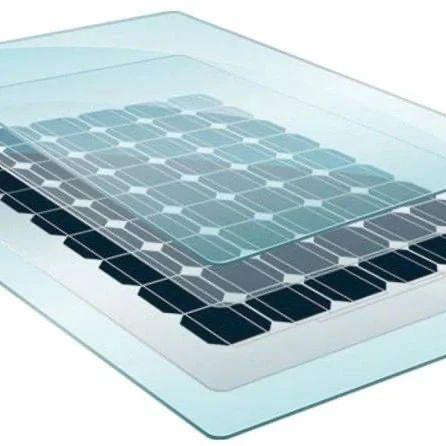

The Allure of Dark Grey Float Glass
In recent years, architectural and design trends have increasingly turned toward materials that embody both functionality and aesthetics. One such material that has gained significant popularity is dark grey float glass. Known for its versatile applications and elegant appearance, dark grey float glass is redefining modern architecture and interior design.
Understanding Float Glass
Float glass is produced using a unique process that allows molten glass to be floated on top of molten tin. This method creates a smooth, flat surface, which is ideal for various applications. The inherent properties of float glass, such as clarity and uniform thickness, make it a preferred choice for windows and facades. The addition of color, like the sophisticated dark grey hue, not only enhances its visual appeal but also offers practical benefits, especially in urban design.
Aesthetics and Versatility
Dark grey float glass stands out for its modern, sleek look. It exudes a sense of elegance that can transform any space, from contemporary homes to commercial buildings. The color itself is often associated with sophistication, making it an ideal choice for luxury designs. Its neutrality allows it to blend seamlessly with other materials, such as wood, metal, and stone, creating harmonious interiors and exteriors.
Beyond its aesthetic appeal, dark grey float glass offers versatility in design. It can be cut and shaped to fit various applications, including windows, doors, and even decorative partitions. Its reflective properties enable creative light manipulation, allowing designers to play with shadows and reflections to enhance the overall ambiance of a space. Moreover, the dark hue can provide a sense of warmth and comfort, making it suitable for both residential and commercial environments.
Functional Benefits

The benefits of dark grey float glass extend beyond its appearance. The darker tint significantly reduces glare, making it ideal for spaces with abundant natural light. This quality not only enhances comfort but also protects furniture and interior elements from UV rays, which can cause fading over time. Moreover, it offers privacy without sacrificing natural illumination, making it an appealing solution for urban dwellers.
Additionally, dark grey float glass provides energy efficiency. When used in double or triple glazing, it contributes to improved thermal insulation, helping to maintain comfortable indoor temperatures while reducing energy costs. This is particularly advantageous in regions with extreme weather conditions, as it minimizes the need for heating and cooling systems to work overtime.
Sustainability and Future Trends
As the world shifts toward more sustainable living practices, the manufacturing and use of dark grey float glass align with these environmental goals. Many manufacturers have adopted eco-friendly production methods, minimizing waste and energy consumption. Furthermore, glass can be recycled endlessly without loss of quality, contributing to a circular economy.
Looking to the future, the integration of smart technology with dark grey float glass opens up exciting possibilities. Innovations such as self-tinting glass and solar control features are being explored, which could further enhance its functionality and energy efficiency. As architects and designers continue to seek materials that are both beautiful and utilitarian, dark grey float glass is likely to remain at the forefront of modern architecture.
Conclusion
In conclusion, dark grey float glass is much more than just a building material; it’s a versatile, aesthetic, and functional choice that caters to the demands of contemporary design. Its ability to blend form and function makes it a favorite among architects and designers aiming to create harmonious and sustainable spaces. As we move towards a future focused on innovation and sustainability, the significance of dark grey float glass in architectural design is poised to grow, driving trends that prioritize both beauty and environmental responsibility. Whether for residential projects or large-scale commercial developments, dark grey float glass will undoubtedly continue to captivate and inspire.